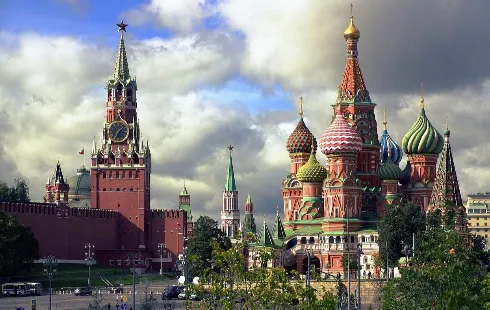
Revolutionising Websites for Cafés, Restaurants, and Bars Across Europe
Section: News
The discovery of the nearly undisturbed tomb of Tutankhamun in 1922 provided an extraordinary opportunity for historians and archaeologists to delve into the intricacies of ancient Egyptian burial customs. Despite the significance of this find, certain artifacts initially went unnoticed, including a set of four rectangular clay trays and wooden emblems positioned on a mat in a corner of the burial chamber.
Documentation from the excavation, led by archaeologist Howard Carter, remains sparse regarding these clay trays. They were cataloged together, but not included in the approximately 1,400 photographs captured by the British photographer Harry Burton during the excavation. Carter briefly referenced the trays in his report, speculating that they might have served as bases for the neighboring emblems--a theory that has persisted over the years.
Recent studies, however, have proposed alternative interpretations of the purpose these trays may have served in the context of Tutankhamun's funeral rituals. One significant study suggests that rather than merely holding emblems, the trays could have functioned as libation bowls, integral to a ritual associated with Osiris, the ancient Egyptian deity of the afterlife and resurrection.
The ritual, known as the 'Awakening of Osiris,' involved a deity or heir acting on behalf of Horus to awaken the deceased, allowing them to rule in the afterlife. This perspective was put forth by an archaeologist from Yale University, who posits that Tutankhamun's tomb provides the earliest evidence of this particular rite in a royal burial from Egypt's New Kingdom.
Interestingly, the clay trays found within Tutankhamun's tomb are not unique; around one hundred similar items have been uncovered across three different locations, including two embalming pits in the famed Valley of the Kings and another royal tomb, all dating to the era of Tutankhamun and beyond. The limited number of these trays may be attributed to the fragility of the clay material and potential damage from tomb robbers.
In re-evaluating these artifacts, the Yale researcher argued that the trays appear ill-suited to support the taller wooden emblems placed next to them. Moreover, none of the emblems were found standing within the trays; instead, they were positioned against a wall of the burial chamber. This observation leads to the conclusion that the trays likely had their own distinct role within the funerary rites, possibly linked to the final rituals directed toward the deceased.
Furthermore, if one purpose of funerary practices was to restore life to the deceased, the trays may have been filled with liquid offerings for the departed. The fact that these trays were crafted from Nile clay hints at a deeper connection to regeneration and Osiris, who was also associated with fertility. Notably, trays discovered in the tomb of another pharaoh, Horemheb, show signs of containing water residues.
The analysis also highlights that during Tutankhamun's brief reign, there was a revival of traditional beliefs surrounding the afterlife and royal funeral practices. It is proposed that officials governing on Tutankhamun's behalf might have seized the opportunity to reinterpret these customs, reintroducing a more direct association with Osiris.
Tutankhamun's predecessor, Akhenaten, had shifted the religious landscape towards a monotheistic focus on the sun disk, Aten, which marginalized traditional beliefs related to Osiris and resurrection. Following this shift, Tutankhamun and his officials likely adapted these funerary traditions to reinstate Osiris into the rituals of death.
Another scholarly investigation, conducted by an Egyptologist at the University of Groningen, is awaiting publication and offers an additional hypothesis. This study suggests that insights into the purpose of the clay trays may be gleaned from an ancient funerary text known as the Book of the Dead, which predates Tutankhamun's era.
Within this text, a passage describes the filling of four small clay trays with milk, where torches extinguished at dawn symbolize the impending resurrection of the sun god and Osiris, along with the deceased. The researcher indicated that the key to unlocking the mystery may lie within one of these trays, particularly those from Horemheb's tomb, which still contains a whitish or yellowish residue that could clarify their purpose.

Section: News

Section: News

Section: News

Section: Arts

Section: Fashion

Section: News

Section: News

Section: News

Section: News

Section: News
Health Insurance in Germany is compulsory and sometimes complicated, not to mention expensive. As an expat, you are required to navigate this landscape within weeks of arriving, so check our FAQ on PKV. For our guide on resources and access to agents who can give you a competitive quote, try our PKV Cost comparison tool.
Germany is famous for its medical expertise and extensive number of hospitals and clinics. See this comprehensive directory of hospitals and clinics across the country, complete with links to their websites, addresses, contact info, and specializations/services.
Join us for an enchanting Christmas adventure at the Münchner Marionettentheater! Experience the marionette play 'Der verschwundene Wunschzettel' by Siegfried Böhmke, featuring our beloved Kasperl Larifari and his little friend Stupsi. As Christmas approaches, both Kasperl and Stupsi have prepared...



No comments yet. Be the first to comment!